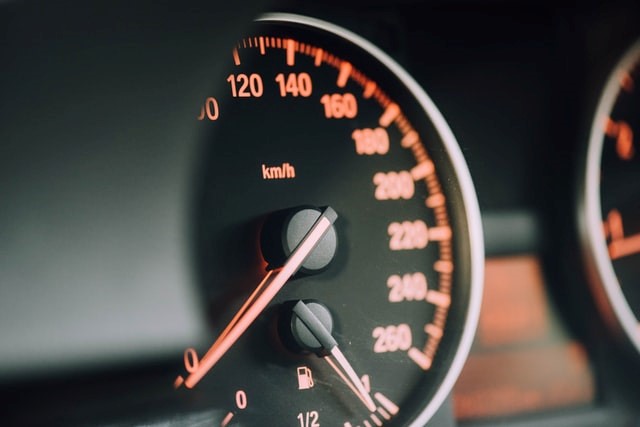
Vehicle utilization plays an extremely important role in determining the success of the supply chain system. By employing better techniques of vehicle utilization, organizations can increase their efficiency, improve their productivity and also minimize the risks associated with the failed deliveries.
There are a lot of factors that go into the determination of how the vehicles can be utilized most efficiently. However, there are three basic elements of vehicle utilization -
- How many hours of service can the drivers provide?
- The gross vehicle weight allowance.
- Requirements of the customers.
The optimum vehicle utilization changes according to the location and class of the vehicle at different windows of time. To put it in simple words, vehicle utilization compares the vehicle capacity to the demands of the supply chain system. The demand and capacity are something that changes daily, so different approaches have to be applied for efficient vehicle utilization.
How can vehicle utilization be maximized?
There are a lot of factors like access restrictions and customer requirements that affect the optimum utilization of vehicles. However, there are ways to derive the maximum efficiency from the available vehicles.
1. Focus on the metrics
Before you start with the techniques for improving vehicle utilization, you need to focus on some important metrics. It is only after you have all the data that you can use it to optimize the vehicle performance. Important data related to vehicle utilization consists of -
- Kilometers/Miles traveled: This is important for determining how to optimize fuel consumption and the best way to reduce the number of trips.
- Fuel consumption: This metric will help you in determining how best to reduce fuel costs.
- Time: For any logistics system, the most important metric is time. This encompasses many aspects like the time spent on the road, idle time, loading and unloading time, and pre-loading and awaiting departure time. Besides this, the maintenance repair time and delayed delivery time are also taken into consideration.
- After-hours delivery: This can help in combating the issues related to congestion; however, the after-hours utilization of vehicles depends on environmental regulations.
- Empty vehicle journeys: It is important for logistics companies to maximize their weight utilization so as to reduce empty journeys.
After all the important metrics are taken into consideration, it is important to analyze the routing and driver performance to find patterns in the job history. By analyzing the patterns, you will be able to speed up the delivery time and also improve customer service. You can use software for logistics planning that can aid you in this process.
2. Selecting the appropriate vehicle size
It would not be wise to use a one-size-fits-all approach in vehicle utilization. Since the demands of the customers are always changing, it is important to choose the right size of vehicles for different kinds of operations. The size of the vehicles depends on the volume of deliveries and utilization of the vehicle deck, among other things. You would also need to ensure the optimal use of extra vehicles and take into consideration the customized vehicle requirements.
3. Loading/Unloading
To ensure the optimum utilization of vehicles, it is important to make every delivery count. The under-utilization of space can be reduced by planning the load shape, height, and volume of the deliveries efficiently. The time lost in loading and unloading should also be balanced out.
4. Vehicle utilization rate
Vehicle utilization rate refers to the difference between total fleet mileage capacity and the actual mileage covered in a specific period. Your vehicle utilization rate helps you determine the capacity of your fleet against the logistical needs of your business.
You may not achieve 100% vehicle utilization, but the vehicle utilization rate will help you figure out the excess fleet capacity. You could reallocate your underutilized vehicles to other business areas or consider selling some to cut operational costs.
5. Overcome routing challenges
One of the most common challenges faced in vehicle utilization is related to last-minute changes in the routing. This could be due to a host of different factors like accidents, traffic, roadblocks, and breakdowns. A route optimization software can help in dealing with these challenges so that the missed and failed deliveries can be avoided.
6. Use technology
An important tool that plays a crucial role in improving vehicle utilization is logistics optimization software. Software solutions can help in reducing fuel costs and also ensure that the vehicle capacity meets the demand.
Conclusion
With the information provided in the aforementioned points, you will be able to effectively develop strategies for improving vehicle utilization. To know more about the best ways to maximize vehicle utilization, visit the Mojro website today!
Popular search: logistics route planning software, route optimization in e-commerce, route planning in logistics, benefits of route optimization, route management, route optimization, route optimization software, route planner india, optimum utilisation